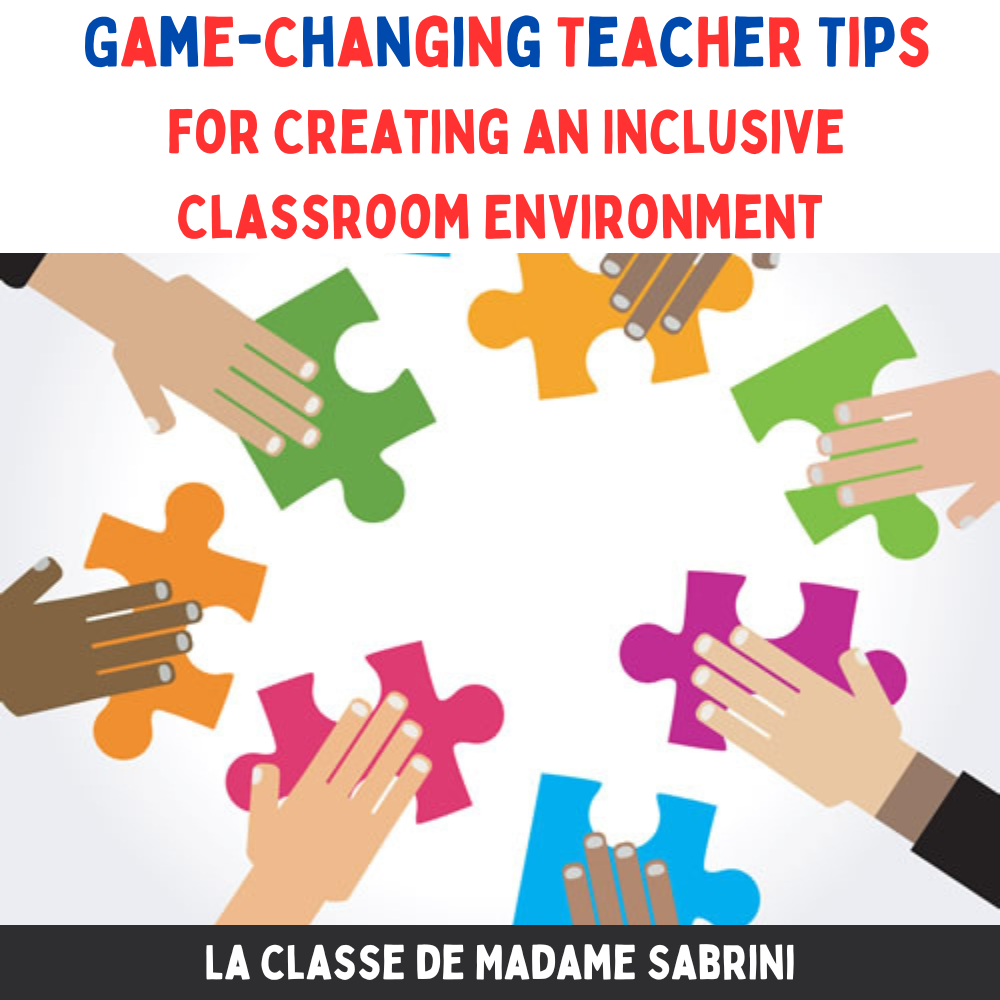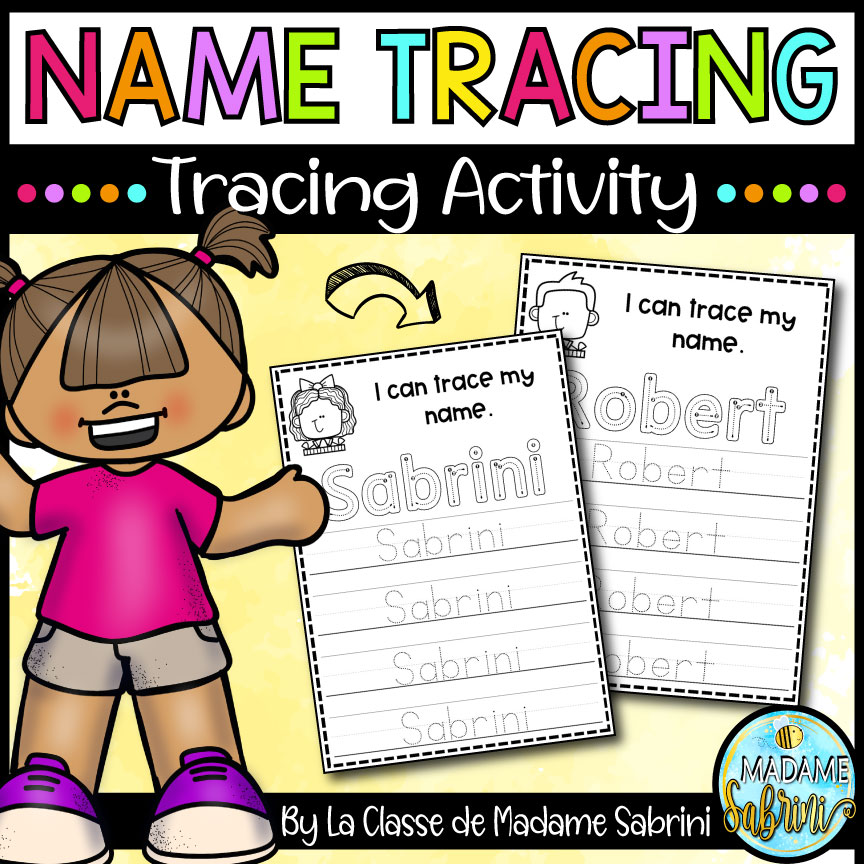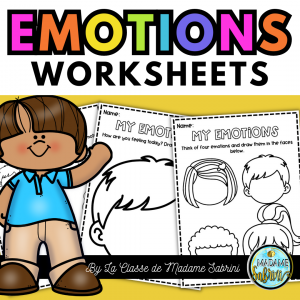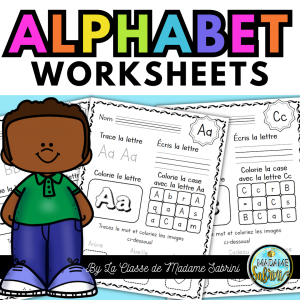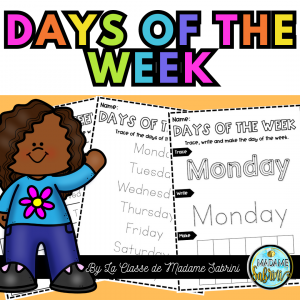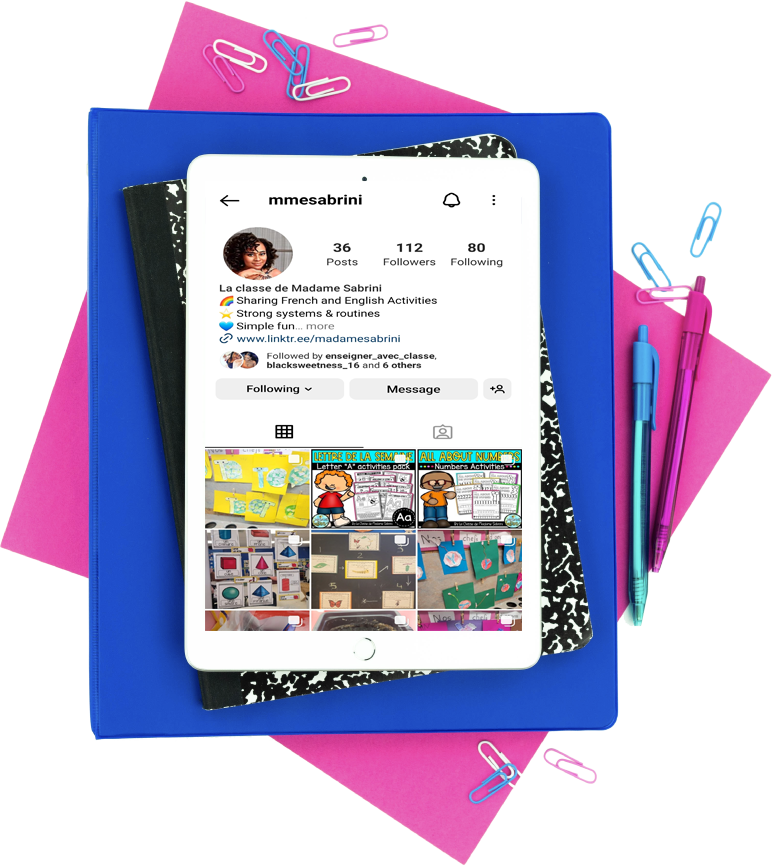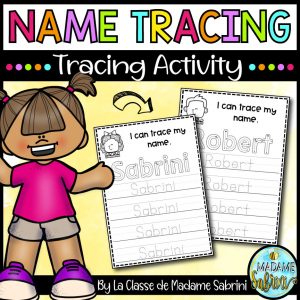As teachers, we all strive to create a safe and inclusive classroom environment for our students. But sometimes it can be difficult to know exactly how to achieve this. Fortunately, there are tips and strategies we can use to create a game-changing classroom environment. In this blog post, we will explore one of these tips and discuss why it can be so effective for teachers looking to create an inclusive environment in their classroom.
Understanding the Importance of Inclusivity in the Classroom
As an educator, it’s essential to understand the significance of inclusivity in the classroom. Creating an environment that welcomes and celebrates diversity is crucial in fostering positive relationships between students, promoting a sense of belonging, and ultimately improving academic performance.
Inclusive classrooms prioritize the needs and perspectives of all students, regardless of their cultural or socio-economic backgrounds. By embracing and valuing diversity, we can create a safe and nurturing learning environment that encourages everyone to reach their full potential.
Moreover, inclusive classrooms provide a unique opportunity to break down stereotypes and promote cultural awareness. As educators, it’s our responsibility to ensure that our students understand and appreciate the diverse world around them. By creating a welcoming and inclusive learning space, we can inspire empathy, respect, and a deep appreciation for the richness of different cultures.
Overall, promoting inclusivity in the classroom isn’t just about checking off a box. It’s about creating a learning environment that promotes personal growth, academic excellence, and social consciousness. As educators, it’s our responsibility to strive for inclusivity in every aspect of our teaching, and ensure that all students feel valued and supported.
Identifying and Addressing Implicit Biases
Implicit biases are attitudes or stereotypes that unconsciously affect our perceptions, behaviors, and decisions. As educators, we must acknowledge and confront our implicit biases to ensure that we are creating a truly inclusive classroom environment.
To begin with, take some time to reflect on your personal beliefs and experiences that may have shaped your biases. You can also take an Implicit Association Test to identify your unconscious biases. Once you have identified your biases, it is crucial to address them.
One way to address implicit biases is by educating yourself about different cultures and backgrounds. This includes learning about their customs, traditions, and history. Additionally, actively seek out diverse perspectives, opinions, and resources when planning your lessons.
Another approach is to challenge stereotypes and biases when they arise. For instance, if a student makes a comment that is offensive or reinforces stereotypes, address it in a constructive way. This helps create a safe and respectful space for all students, where they feel heard and valued.
Ultimately, identifying and addressing implicit biases requires ongoing reflection, education, and dialogue. It may feel uncomfortable at first, but it is necessary to cultivate an inclusive classroom environment that fosters growth and learning for all students.
Creating a Safe Space for All Students
As an educator, it’s your responsibility to ensure that your classroom is a safe and inclusive space for all students. A safe space is one where students feel respected, supported, and valued, regardless of their race, ethnicity, gender, religion, sexuality, or ability.
Here are some tips for creating a safe space in your classroom:
1. Set clear expectations: At the beginning of the school year, establish clear expectations for how students should treat each other. Emphasize the importance of kindness, empathy, and respect for diversity.
2. Address any incidents of discrimination or bullying immediately: If you witness any incidents of discrimination or bullying, take immediate action. Talk to the students involved and make it clear that such behavior is not acceptable.
3. Create a welcoming environment: Make sure your classroom is welcoming to all students. Display posters or pictures that celebrate diversity, and consider incorporating inclusive literature into your curriculum.
4. Foster a sense of community: Encourage students to get to know each other and work together. Plan team-building activities or group projects that promote collaboration and cooperation.
5. Be aware of power dynamics: Be mindful of power dynamics that may exist in your classroom. Make sure that all students have equal opportunities to participate and be heard.
Remember, creating a safe and inclusive space is an ongoing process. Be open to feedback from your students and continuously work to improve your practices. By doing so, you can create a classroom environment that empowers all students to learn and grow.
Using Inclusive Language
One simple but powerful way to create an inclusive classroom environment is by using inclusive language. Inclusive language refers to language that avoids exclusion, discrimination, or marginalization of particular groups. This includes avoiding gendered language, ableist language, and language that reinforces stereotypes or prejudice.
When using language in the classroom, it’s important to be aware of the impact it can have on students. For example, using “he” as a default pronoun can exclude students who identify as non-binary or use different pronouns. Similarly, using ableist language such as “crazy” or “lame” can stigmatize students with disabilities.
Here are some tips for using inclusive language in the classroom:
1. Use gender-neutral language: Instead of using “he” or “she,” use “they” or “their.” You can also use “students” or “classmates” instead of “boys and girls.”
2. Avoid ableist language: Replace terms like “crazy,” “insane,” or “lame” with more neutral language. You can use phrases like “that’s surprising,” “that’s wild,” or “that’s unfortunate.”
3. Be mindful of cultural references: Avoid using cultural references that may not be familiar to all students. Instead, provide context or explanation if necessary.
4. Emphasize the individual: Focus on the person rather than their identity or characteristics. For example, instead of saying “the disabled student,” say “the student with a disability.”
Using inclusive language in the classroom can help create a safe and welcoming environment for all students. By being mindful of the language we use, we can foster a sense of belonging and respect for all students, regardless of their background or identity.
Encouraging Student Voice and Participation
One of the most effective ways to create an inclusive classroom environment is to encourage student voice and participation. All students deserve to be heard and to feel valued in the classroom. When students are actively engaged in the learning process, they become more invested in their own education, which ultimately leads to greater success.
To encourage student voice and participation, it’s important to provide opportunities for students to share their thoughts, opinions, and ideas. This can be done in a variety of ways, such as through class discussions, group projects, or individual presentations. It’s also important to create a safe space where students feel comfortable expressing themselves without fear of judgment or ridicule.
Another key aspect of encouraging student voice and participation is to listen actively to what they have to say. Teachers should be open-minded and responsive to student feedback, allowing them to have a say in classroom policies and practices. By incorporating student input into the decision-making process, teachers can empower students and give them a sense of ownership over their education.
In addition, it’s important to recognize and celebrate the unique talents and perspectives that each student brings to the classroom. By encouraging students to share their backgrounds and experiences, teachers can foster a sense of cultural awareness and create a more inclusive environment. By promoting diversity and inclusivity, teachers can help students develop empathy and understanding for others who may be different from them.
Overall, encouraging student voice and participation is a crucial element of creating an inclusive classroom environment. By providing opportunities for students to express themselves, listening actively to their feedback, and celebrating their unique talents and perspectives, teachers can empower students and create a more engaging and effective learning environment.
Providing Diverse Learning Opportunities
As educators, it’s essential to recognize that each student learns differently. Some may prefer visual aids, while others may require hands-on learning. Creating a classroom that accommodates diverse learning opportunities will help ensure all students are engaged and learning to the best of their ability.
There are several ways you can provide diverse learning opportunities in your classroom. One is to offer a range of materials and activities that cater to various learning styles. For example, you can include visual aids, hands-on projects, audio recordings, and readings.
Another way is to integrate technology into your teaching approach. Technology can offer endless opportunities for students to learn in a variety of ways, from watching videos to participating in online discussions. Consider incorporating educational apps, virtual field trips, and online resources into your lesson plans.
Furthermore, it’s essential to provide students with opportunities to collaborate and work in groups. By working together, students can learn from one another, share ideas, and develop their communication skills. Group work can also be an effective way to support students who struggle with learning independently.
Overall, providing diverse learning opportunities is essential to create a classroom environment that caters to the individual needs of each student. By doing so, you can help ensure that all students feel valued, supported, and encouraged to learn.
Celebrating Diversity and Cultivating Cultural Awareness
In order to create a truly inclusive classroom environment, it’s important to celebrate diversity and cultivate cultural awareness. This means creating opportunities for students to learn about and appreciate different cultures, customs, and backgrounds.
One great way to do this is by incorporating multicultural materials into your classroom. This can include books, artwork, music, and other resources that highlight different cultures and perspectives. Additionally, you can invite guest speakers or organize field trips to cultural institutions in your community.
Another important aspect of celebrating diversity is incorporating holidays and traditions from different cultures into your classroom. By acknowledging and celebrating these important days, you’re creating a safe and inclusive space for students from all backgrounds.
It’s also important to recognize and address stereotypes and biases that may exist in your classroom. By providing opportunities for open and honest conversations about different cultures, you can help your students break down stereotypes and develop a deeper understanding of the people and world around them.
In order to truly cultivate cultural awareness, it’s important to continuously educate yourself on different cultures and customs. This means reading books, attending cultural events, and engaging with people from different backgrounds. By staying open and curious, you can help your students become more aware and appreciative of the rich diversity that exists in our world.
By taking these steps to celebrate diversity and cultivate cultural awareness, you can create an inclusive classroom environment that celebrates the unique strengths and experiences of every student.
Continuously Educating Yourself on Inclusivity Practices
Inclusivity is not just a one-time effort, but a continuous process of learning and growth. As educators, we have a responsibility to stay informed and educated on the best practices of inclusivity. This not only helps us create a safe and welcoming environment for our students, but also ensures that we are keeping up with the ever-evolving needs of our diverse classroom communities.
To start, attend professional development workshops or webinars on topics such as cultural competency, unconscious bias, and inclusive practices. Seek out resources, articles, and books written by experts in the field of inclusivity. Utilize social media to follow and engage with leaders in the inclusivity community, and participate in online discussions and forums.
It’s important to also actively reflect on our own beliefs and biases and continuously challenge them. Take time to critically evaluate the language you use and the actions you take in your classroom, and actively seek feedback from your students to ensure that you are creating an inclusive environment that meets their needs.
Remember, creating an inclusive environment is not a one-size-fits-all approach. Each classroom and each student has unique needs, and it’s important to continuously educate yourself on new practices and techniques that will help you meet those needs.
By continuously educating ourselves and staying informed, we can create an environment that empowers and celebrates all students, allowing them to thrive and reach their full potential.

